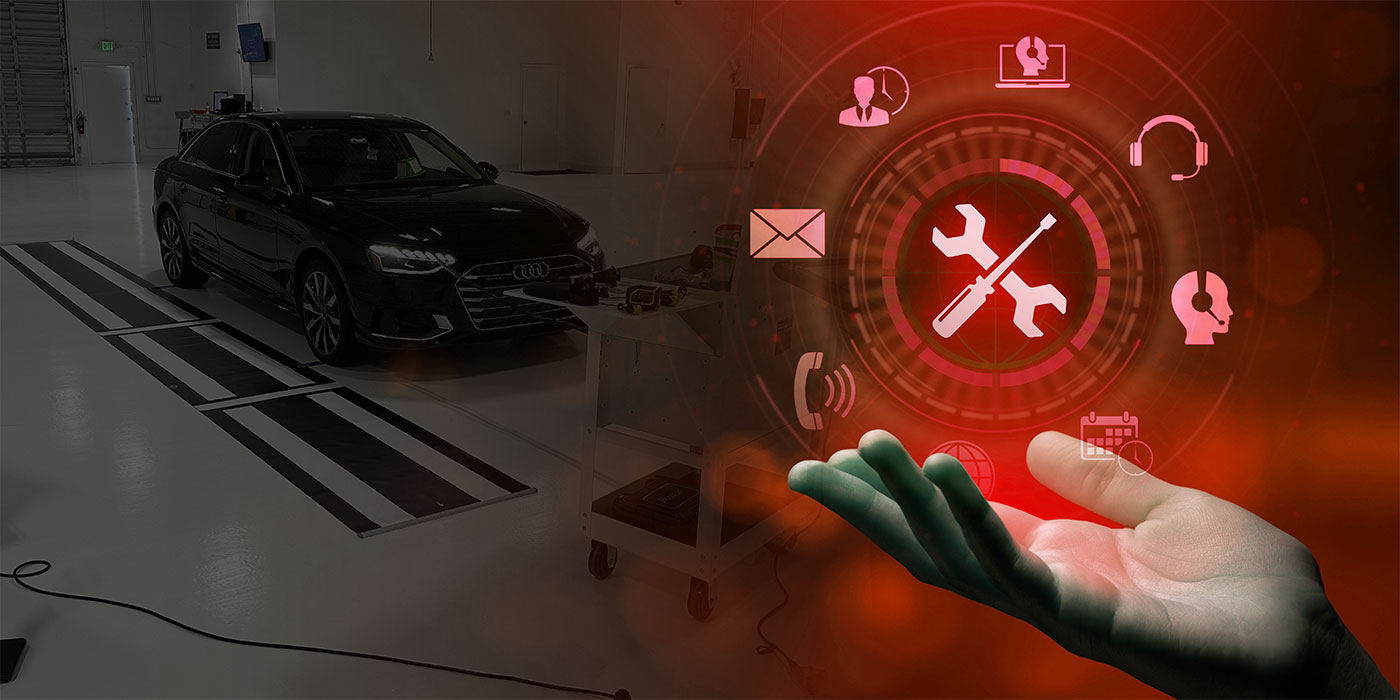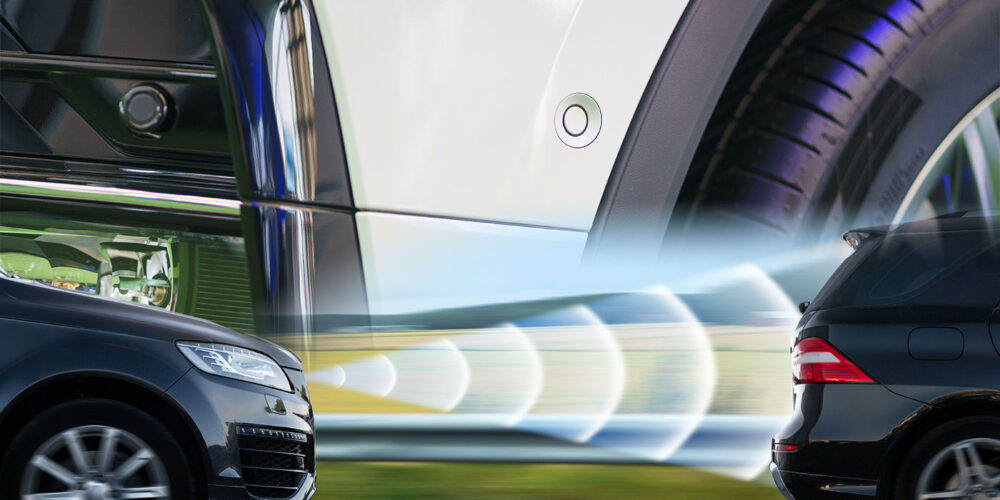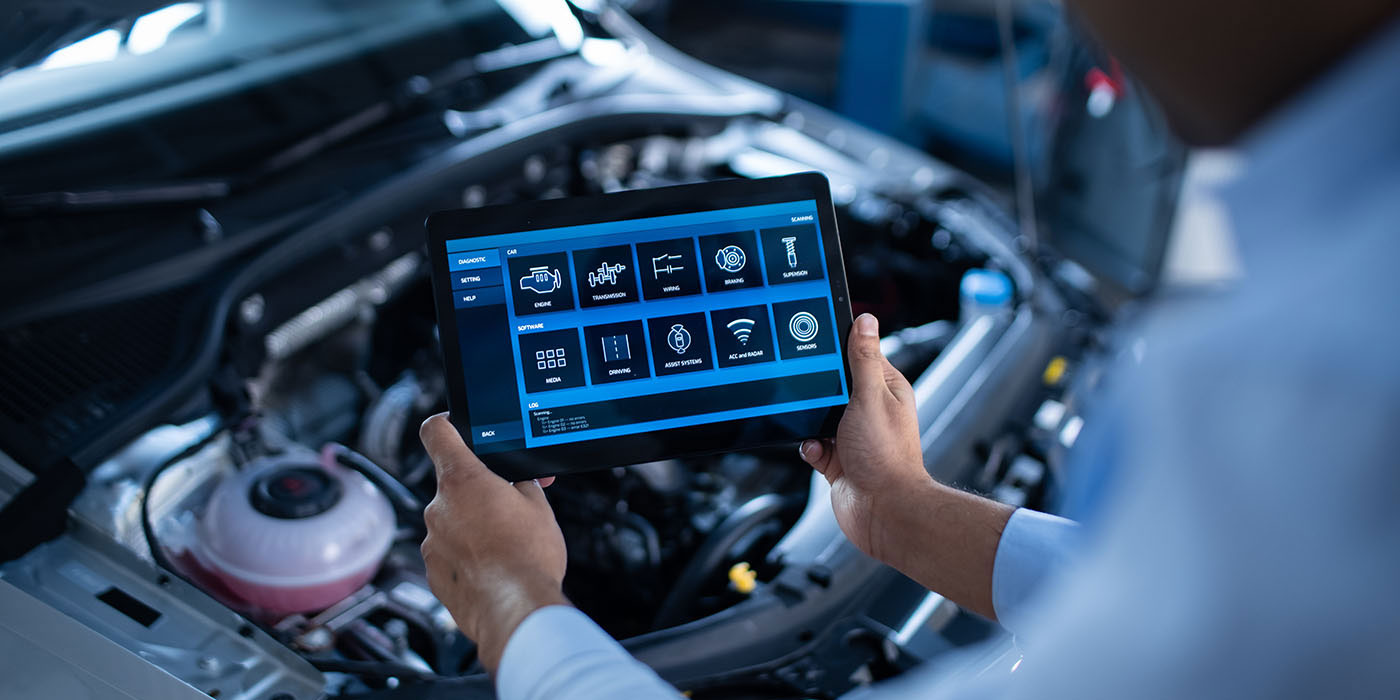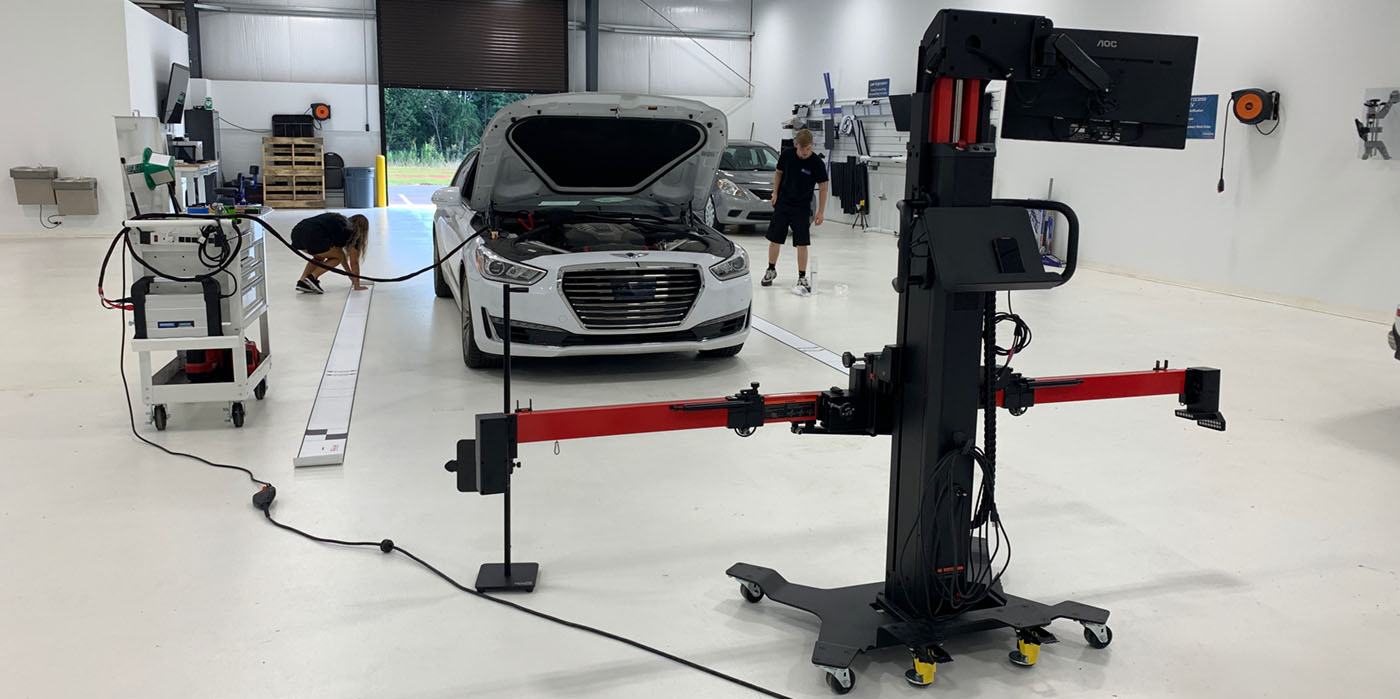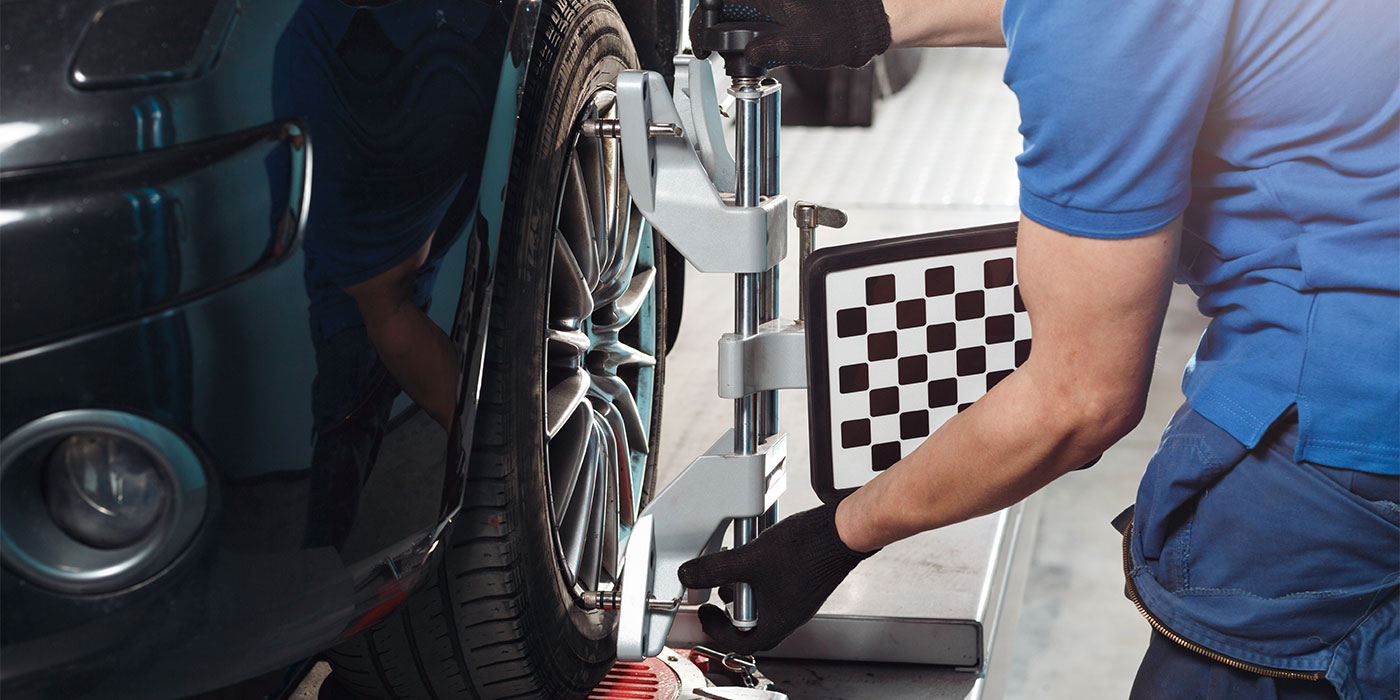Sometimes it’s the little things that trip you up. You apply all of your knowledge, talent, time and energy to restoring a vehicle to like-new condition after it has been in a collision. You’re ready to deliver the car to the customer, but one of the headlamps, of all things, won’t illuminate. Or, the vehicle owner drives off but comes back a short time later complaining of a noise coming from one of the wheels.
Your margin on this job is already slim, and now you need to spend more time making sure the vehicle is safe and meets your standards of quality. Of course, you also want to make sure your customer drives away happy because you know that satisfied customers are one of your most valuable forms of advertising.
Stop sweating the small stuff. The key to avoiding many minor yet frustrating scenarios is information – specifically, OE information. After all, it goes without saying that the best source of repair information is the manufacturer that built the vehicle in the first place.
The benefits of having access to OE collision information are indisputable:
• Improved estimate accuracy
• Higher productivity
• Less wasted time ordering the wrong parts
When OE mechanical procedures are included, you can also benefit from:
• Reduced subletting
• Fewer supplements
• Greater control over the repair schedule
And there is at least one more benefit to having OE repair information at your fingertips: up-to-date Technical Service Bulletins (TSBs). TSBs describe known issues with a vehicle, along with detailed procedures for fixing them. They can protect you when a vehicle owner brings back the car that you just repaired and tells you there’s a problem with your work. A quick check of your TSBs might just show that the condition was pre-existing. It happens! TSBs also provide you with the opportunity to earn revenue fixing something unrelated to collision.
Here are excerpts from two TSBs for Infiniti vehicles, one for wheel bearing damage and the other related to the tire pressure monitoring system (TPMS).
Service Information
Always refer to ALLDATA Collision for safety procedures, identification of material types, recommended refinish materials, removal and installation procedures. Always refer to the manufacturer for questions relating to applicable or non-applicable warranty repair information.
Condition – Wheel Bearing Damage
Impacts to wheel bearings (such as a collision or other suspension damage) may create slight indents in the bearing surfaces. These indents may not be visible but can cause bearing noise.
NOTE: Hub/bearing replacement due to impact (collision or other suspension damage) is not a warrantable repair. If a vehicle has visible wheel or suspension damage due to impact (collision or other suspension damage), it’s recommended that the wheel bearing assembly be inspected as follows:
1. Remove the hub/bearing assembly from the vehicle.
2. Hold the hub/bearing assembly with both hands.
3. Rotate the hub/bearing assembly in both directions (clockwise and counterclockwise).
4. If any gritty or rough feeling is detected in the bearing, replace it with a new one.
Condition – TPMS
If you confirm the TPMS warning light is illuminated, steady or flashing, take the following steps:
1. Turn ignition to the OFF and then ON position (engine not required to be running).
• If the TPMS warning light is illuminated steady (not flashing), the TPMS is operating normally and has detected low tire pressure in one of the tires. Go to Step 2.
NOTE:
• Normal tire pressure maintenance is not covered under warranty.
• Some 2011 models will display an alert in the vehicle information display near the speedometer. The alert will read “Check Tire Pressure” and will accompany the illuminated TPMS light.
• If the TPMS warning light is flashing for approximately one minute, there is a TPMS system malfunction. Do not go to Step 2. Instead, check the DTC and refer to the repair instructions.
2. Leave the ignition in the “ON” position* (engine is not required to be running) and set the tire pressure to the recommended pressure. *Leaving the ignition in the ON position may allow the TPMS to detect the corrected tire pressure more quickly on 2009 and newer models without having to drive the vehicle.
Each vehicle is equipped with a “Tire and Loading Information” placard. For factory-equipped tires, follow the recommended cold pressure on the placard to set the tire pressure on the vehicle.
Tire pressure can be affected by factors such as tire temperature, outside temperature, time and altitude. When tire pressure is low, make sure it is not caused by a leak. If needed, repair as necessary.
After tires are inflated to the recommended pressure, the vehicle may need to be driven at speeds above 16 mph for the TPMS to turn off the low tire pressure warning light.
Dan Espersen is the ALLDATA Collision Senior Program Manager. He’s a well-regarded collision expert with over 35 years experience in the automotive industry. He’s also a Gold Pin member of the Collision Industry Conference (CIC) and holds an AA Degree in Automotive Technology.
© 2011 ALLDATA LLC. All rights reserved. All technical information, images and specifications are from the ALLDATA Product. ALLDATA is a registered trademark and ALLDATA Collision is a mark of ALLDATA LLC.
© Infiniti is a registered trademark of Nissan Motor Co. Ltd. All other marks are the property of their respective holders.

